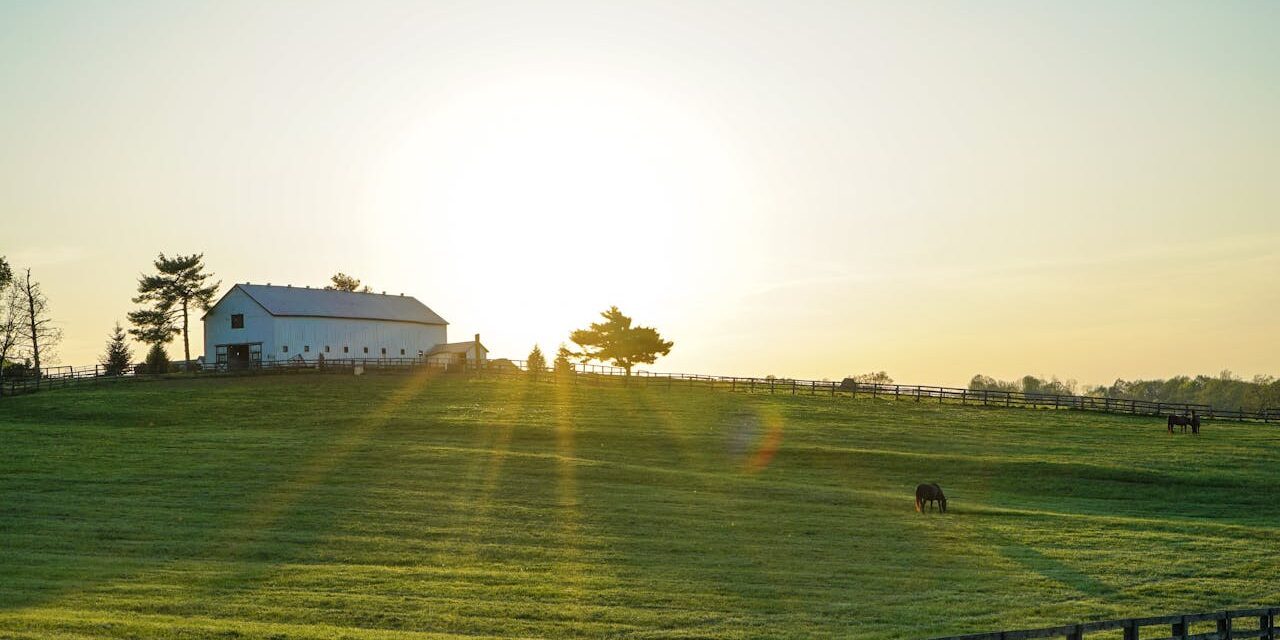Kentucky, known as the “Bluegrass State,” has a rich and diverse history.
From its early indigenous roots and European exploration to its significant role in American history and culture, Kentucky’s history is filled with notable events and influences.
Below, we explore the captivating history of Kentucky, covering its foundation, key historical events, and notable landmarks.
Table of Contents
Early History
Indigenous Inhabitants and European Exploration
Before European settlers arrived, Kentucky was home to Native American tribes, including the Shawnee, Cherokee, and Chickasaw.
- These tribes had established societies with rich cultures, agriculture, and trade networks.
- In 1750, Dr. Thomas Walker discovered the Cumberland Gap, a key passage through the Appalachian Mountains, facilitating future exploration and settlement.
The indigenous peoples and early European explorers laid the groundwork for future settlements.
French and British Periods
Following the conclusion and ending of the French and Indian War in 1763, the conquering British gained control over the region.
- The first permanent European settlement in Kentucky was Harrodsburg, established by James Harrod in 1774.
- Conflicts with Native American tribes were common as settlers encroached on their lands, leading to events like Dunmore’s War in 1774.
Early European influences were significant in shaping Kentucky’s cultural and economic landscape.
Key Historical Events
Path to Statehood
After the Revolutionary War, Kentucky was part of Virginia before seeking its own statehood.
- Kentucky became the 15th state in the Union on June 1, 1792.
- The state’s early economy was largely agricultural, relying heavily on crops like tobacco and hemp.
Statehood marked a new era of political and economic development for Kentucky.
Slavery and the Civil War
Slavery was a contentious issue in Kentucky, which was a border state with divided loyalties during the Civil War.
- Although Kentucky declared neutrality at the war’s start, it eventually sided with the Union.
- Significant battles, such as the Battle of Perryville in 1862, took place in Kentucky.
Kentucky’s role in the Civil War highlighted its strategic importance and internal divisions.
20th Century Growth and Development
Economic and Social Developments
The early 20th century saw Kentucky’s economy diversify, with significant growth in industries such as coal mining, bourbon production, and horse racing.
- The Great Depression and Prohibition had profound impacts, but the state rebounded with the help of New Deal programs.
- Post-World War II, Kentucky experienced modernization and urbanization, particularly in cities like Louisville and Lexington.
These developments laid the foundation for Kentucky’s modern economy.
Political and Cultural Contributions
Kentucky played a significant role in American politics and culture, being the birthplace of both Abraham Lincoln and Jefferson Davis.
- The state is also famous for its contributions to music, particularly bluegrass, pioneered by Kentuckian Bill Monroe.
- The Kentucky Derby, which was first held in 1875 at Churchill Downs, is one of the most famous horse races in the world.
Kentucky’s political and cultural contributions have significantly shaped its identity.
Notable Landmarks
Mammoth Cave National Park
Home to the world’s longest cave system, Mammoth Cave is recognized globally for its extensive underground passages and unique geological formations.
- The park offers guided tours that showcase its natural beauty and geological significance.
Mammoth Cave is a testament to Kentucky’s natural wonders.
Fort Knox
Established in 1936, Fort Knox is known for its U.S. Treasury Gold Vault, which holds a significant portion of the nation’s gold reserves.
- The facility has played a very big role in U.S. financial history and remains a highly secure location.
Fort Knox symbolizes Kentucky’s importance in national security and financial history.
The Kentucky Derby
Held annually once a year at Churchill Downs in Louisville, the Kentucky Derby is the oldest continuously running of the sports event in the United States.
- The event attracts spectators from around the world and is known for its traditions, including the garland of roses awarded to the winner.
The Kentucky Derby highlights Kentucky’s deep-rooted equestrian culture and international prestige.
Governance
State Government
Kentucky operates under a constitution adopted in 1891.
- The state government consists of the Executive, Legislative, and Judicial branches.
- The governor, currently Andy Beshear, leads the executive branch.
The state government addresses the needs of Kentucky’s diverse population and manages its resources effectively.
Local Government
Kentucky’s local government structure includes counties, cities, and special districts.
- Each level of government has specific responsibilities for services such as education, public safety, and infrastructure.
- Local governance ensures that the diverse needs of Kentucky’s communities are met.
Effective local governance contributes to the overall well-being of the state’s residents.
Demographics and Growth
Population
As of 2023, Kentucky’s population was approximately 4.5 million. The state’s demographic makeup reflects its history of immigration and cultural diversity.
Diverse demographics and steady growth reflect Kentucky’s appeal as a place to live and work.
Education and Economy
Kentucky is home to several prominent higher education institutions, including the University of Kentucky and the University of Louisville.
- The state’s economy is diverse, with key sectors including agriculture, manufacturing, healthcare, and education.
- Kentucky is also known for its significant contributions to the bourbon industry, producing 95% of the world’s bourbon.
These factors contribute to the state’s economic resilience and cultural vibrancy.
State of Kentucky Q&A
Q: When was Kentucky admitted to the Union?
A: Kentucky was admitted to the Union as the 15th state on June 1, 1792.
Q: Who were the original inhabitants of Kentucky?
A: The original inhabitants of Kentucky included various Native American tribes such as the Shawnee, Cherokee, and Chickasaw. These tribes had established societies with rich cultures and trade networks.
Q: What role did Kentucky play during the Civil War?
A: Kentucky was a border state with divided loyalties during the Civil War. It initially declared neutrality but later sided with the Union. Significant battles, such as the Battle of Perryville, took place in Kentucky.
Q: What are some notable historical landmarks in Kentucky?
A: Notable landmarks include Mammoth Cave National Park, Fort Knox, and the Kentucky Derby at Churchill Downs. These sites highlight Kentucky’s natural beauty, historical significance, and cultural heritage.
Q: How is Kentucky governed?
A: Kentucky operates under a constitution adopted in 1891, with an Executive, Legislative, and Judicial branch. The governor leads the executive branch, and local governance is managed by counties, cities, and special districts.
Q: What is the current population of Kentucky?
A: As of 2023, Kentucky’s population was approximately 4.5 million. The state continues to attract residents with its diverse culture, educational opportunities, and economic resilience.
Kentucky’s rich history and commitment to cultural preservation make it a unique and vibrant state. By protecting its historical landmarks and fostering growth across various industries, Kentucky honors its past while looking forward to a prosperous future.





